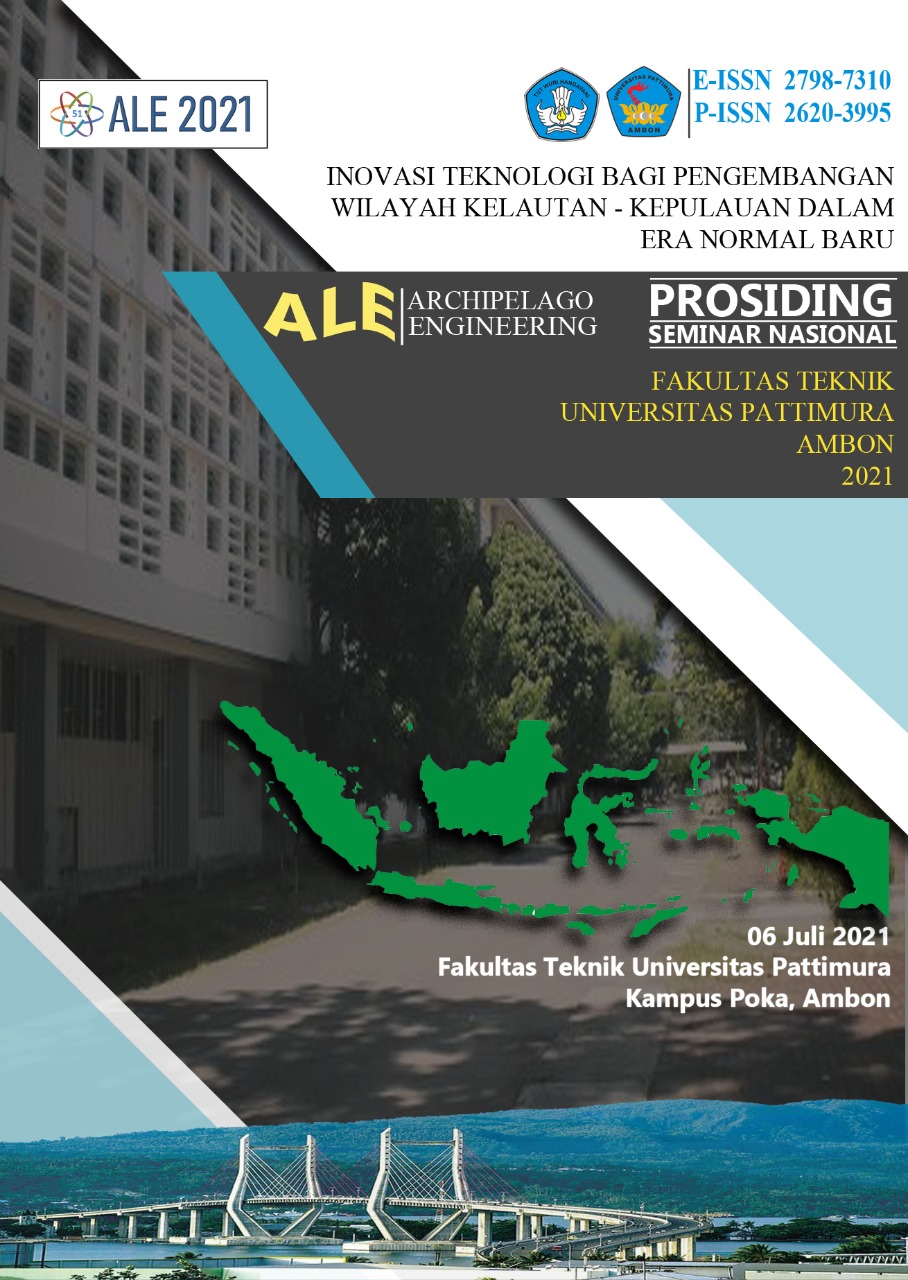STUDI EKSPERIMENTAL PERFORMANCE KAVITASI WATERJET PROPULSI
Abstract
Cavitation is a complex phenomenon of dynamic processes in hydraulic machines that can cause a decrease in energy performance, vibration and damage the blade surfaces. Analysis of cavitation symptoms in hydraulic machines is carried out through cavitation performance studies, namely the relations between energy parameters. Each hydraulic machine has a critical value on a different cavitation performance curve. Therefore, a study of the effect of cavitation changes is needed to determine the working zone of hydraulic machines without cavitation. In this study, cavitation performance analysis was carried out on a waterjet propulsor model with 5 impeller blades and 7 stator blades using experimental methods. The cavitation coefficient was varied at σ = 2.25 to 0.25 by setting and controlling the inlet pressure on the cavitation test rig. The critical point value will be observed at the point where the thrust coefficient decreased to 3.28%. The results showed that cavitation begins at σ = 1, the critical point is obtained at σ = 0.75. From these studies, we find that waterjet must be operated at conditions where is σ > 0.75.
Downloads
Copyright (c) 2021 Wulfilla M. Rumaherang, J. Louhenapessy, Mesak F. Noya, Cendy S. Tupamahu

This work is licensed under a Creative Commons Attribution-ShareAlike 4.0 International License.
An author who publishes in the ALE Proceeding agrees to the following terms:
- Author retains the copyright and grants ALE Proceeding the right of first publication of the work simultaneously licensed under the Creative Commons Attribution-ShareAlike 4.0 License that allows others to share the work with an acknowledgment of the work's authorship and initial publication in this journal.
- Author is able to enter into separate, additional contractual arrangements for the non-exclusive distribution of the journal's published version of the work (e.g., post it to an institutional repository or publish it in a book) with the acknowledgment of its initial publication in this journal.
- Author is permitted and encouraged to post his/her work online (e.g., in institutional repositories or on their website) prior to and during the submission process, as it can lead to productive exchanges, as well as earlier and greater citation of the published work (See The Effect of Open Access).
Read more about the Creative Commons Attribution-ShareAlike 4.0 Licence here: https://creativecommons.org/licenses/by-sa/4.0/.






